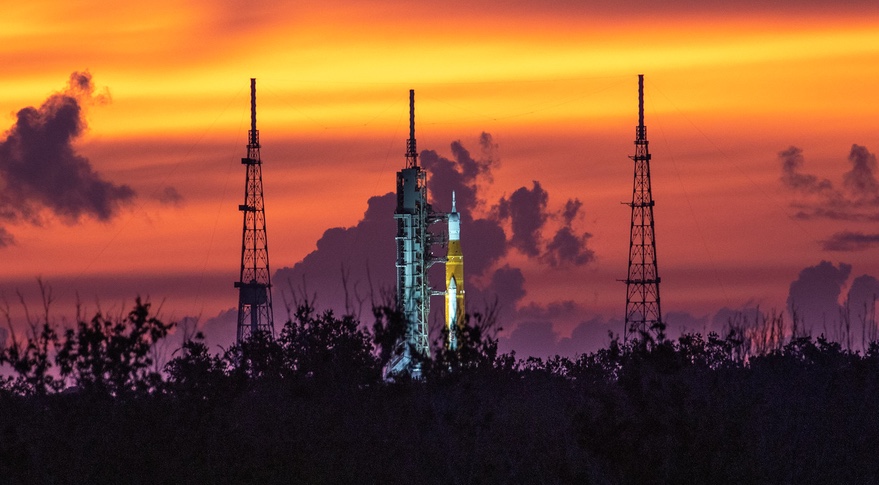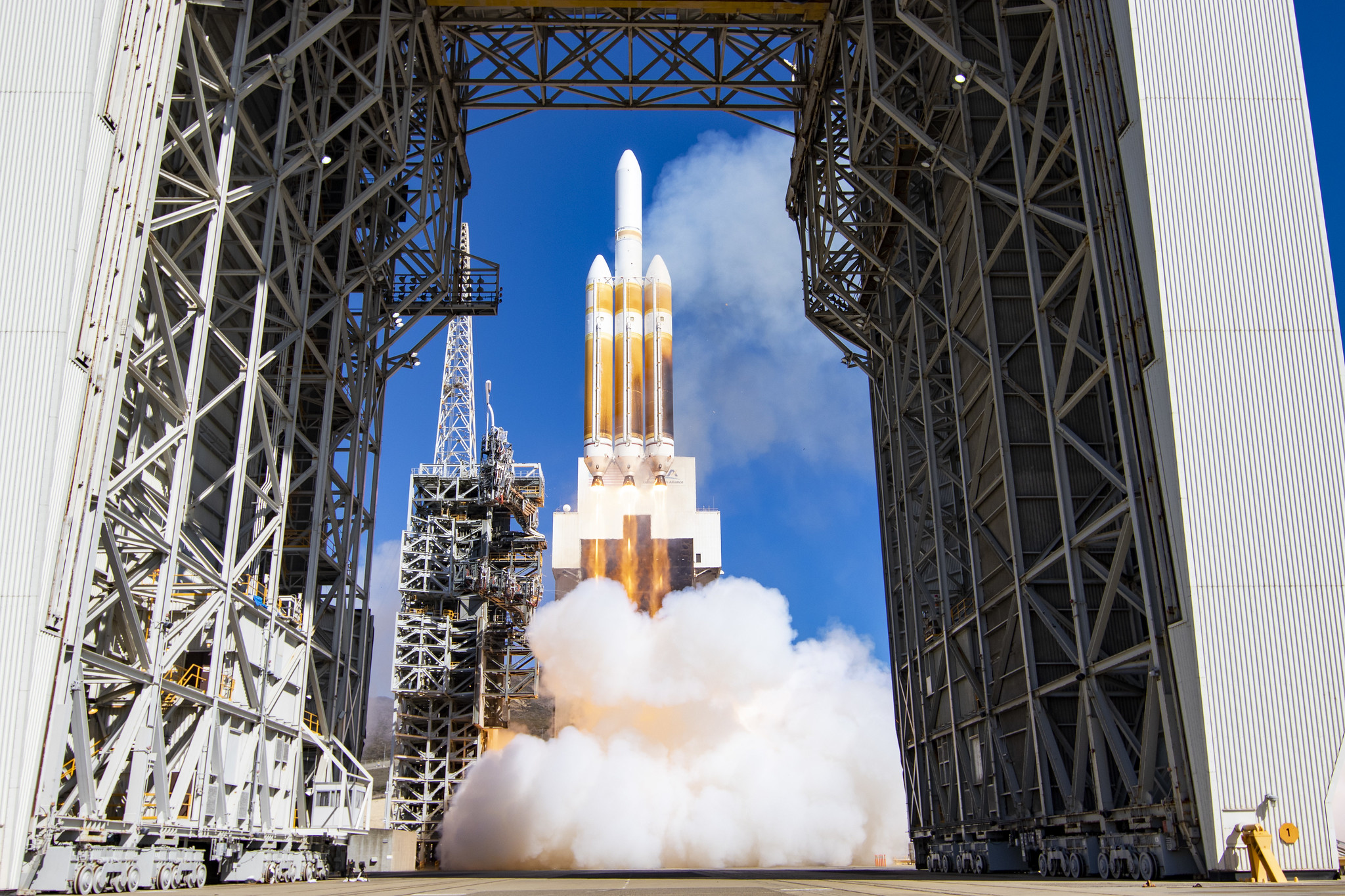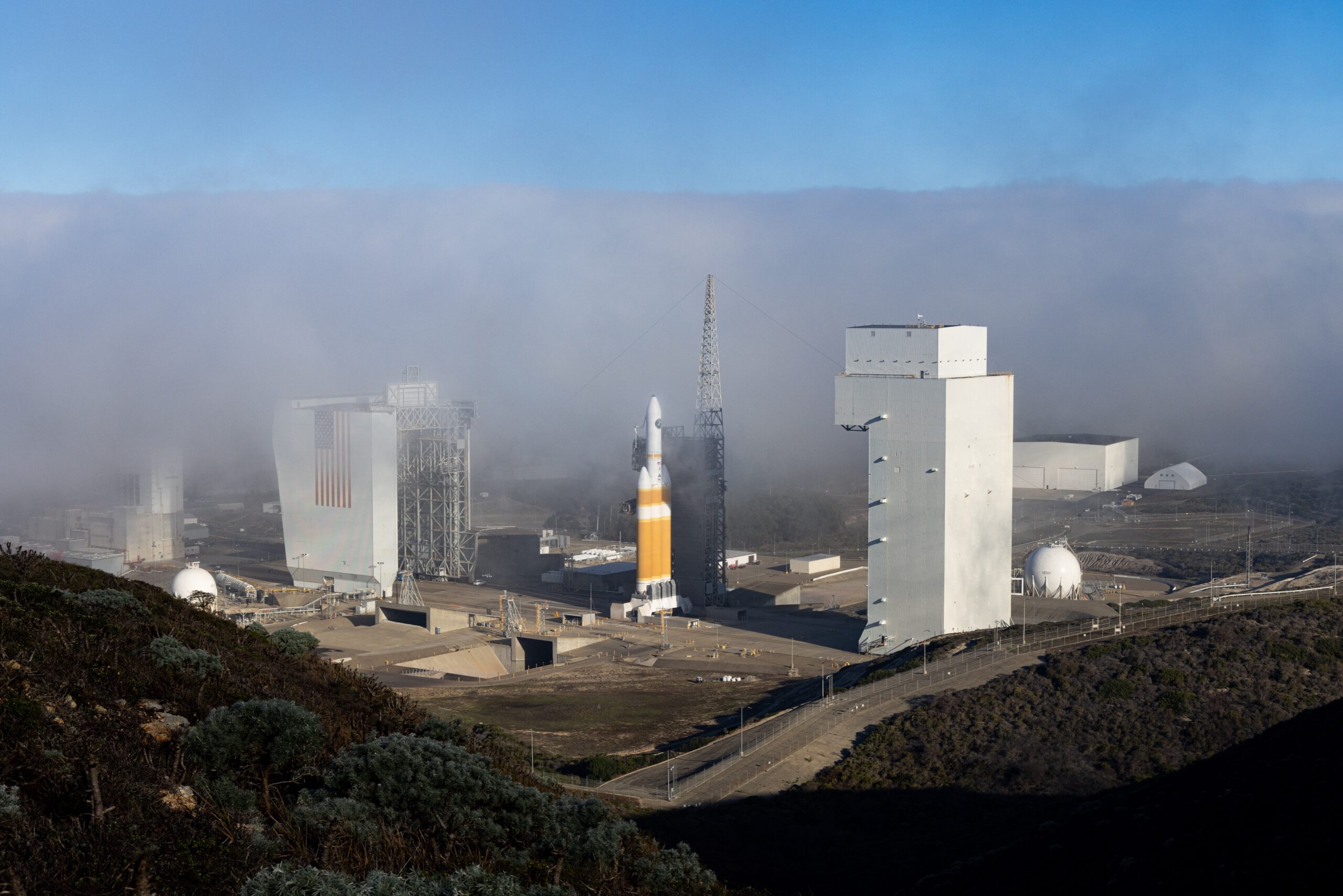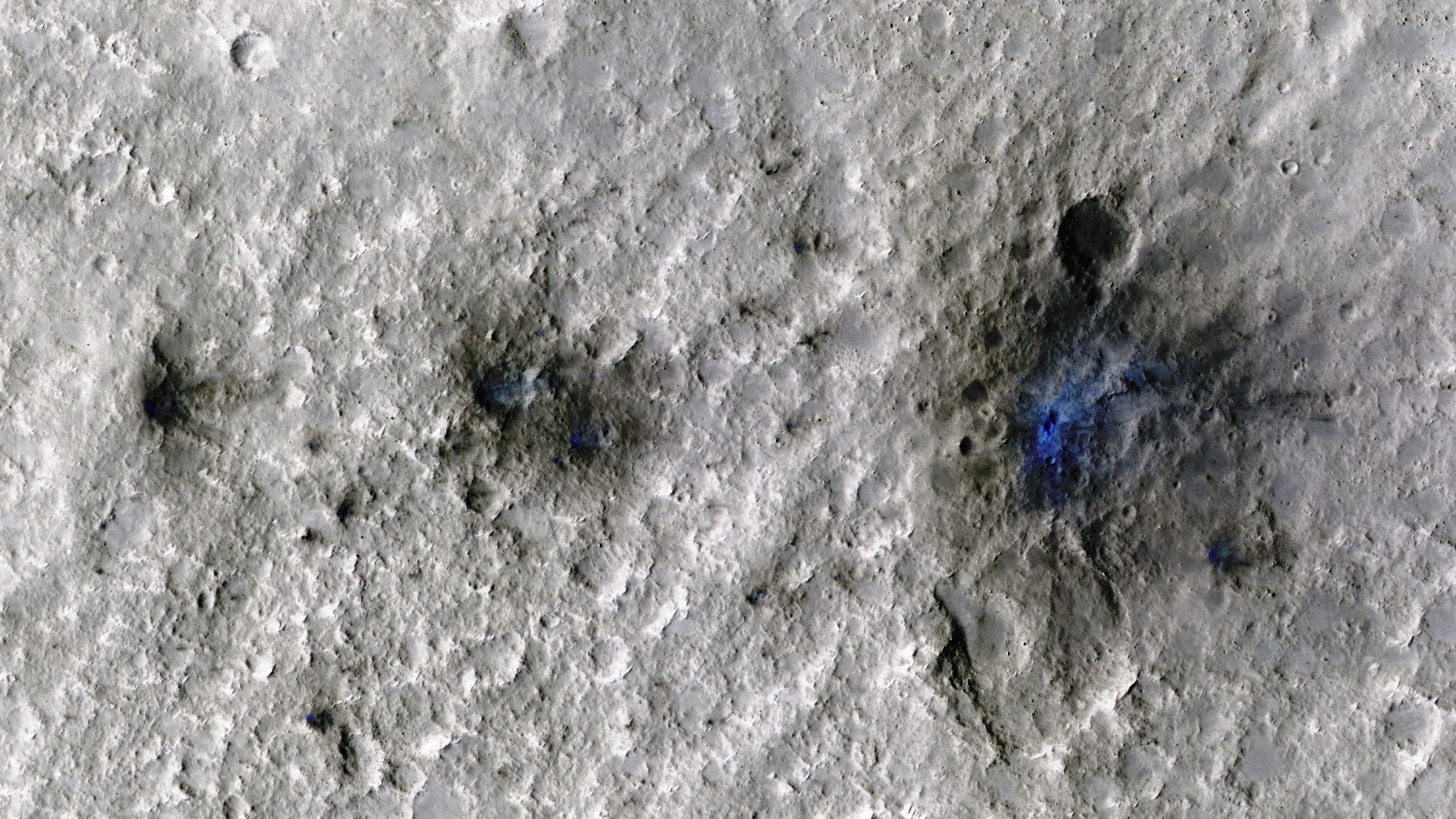NASA postpones Artemis 1 launch because of tropical storm
Original Publication Date: 2022-09-24 16:05

NASA won't proceed with the next launch opportunity for the Artemis 1 mission. It cited the threat posed by Tropical Storm Ian, currently in the Caribbean Sea. NASA deferred a decision on rolling the Space Launch System rocket and Orion spacecraft back to the Vehicle Assembly Building (VAB) at the Kennedy Space Center.
NRO satellite flies to orbit in Delta 4’s final West Coast launch
Original Publication Date: 2022-09-24 23:12

NROL-91 is the Delta 4’s final mission from the West Coast. The vehicle last flew in April 2021 when it launched NROL-82. About four minutes into flight, the outer boosters of the three-core Delta 4 Heavy separated. At the request of the NRO, ULA ended the webcast nearly seven minutes into the flight.
Avanti turns to regional operator partnerships to expand satellite coverage
Original Publication Date: 2022-09-23 18:49

Avanti Communications announces five-year partnership with Turkey's Turksat. Deal pools more than 100 gigabits-per-second of Ka-band capacity between them. Turksat had signed a contract in 2019 to use capacity on Avanti's Hylas 2 satellite.
ULA’s Delta 4 prepares for final West Coast launch as Vandenberg seeks new tenants
Original Publication Date: 2022-09-23 15:03

This will be Delta 4’s final launch from the West Coast. ULA is under contract to launch two more missions on the Delta 4 Heavy in 2023 and 2024. After completing the NROL-91 mission, ULA will start vacating SLC-6 and consolidate operations.
NASA waves off Tuesday launch for Artemis moon rocket – Spaceflight Now
Original Publication Date: 2022-09-24 00:00

NASA managers Saturday ruled out a third attempt to launch the Artemis 1 moon rocket Tuesday. But they held open the option of making a run at blastoff on October 2, the current backup date. That would require leaving the $4.1 billion 330-foot-tall Space Launch System rocket exposed to the elements.
Live coverage: Delta 4-Heavy rocket launches from California – Spaceflight Now
Original Publication Date: 2022-09-24 00:00
Live coverage of a Delta 4-Heavy rocket with the classified NROL-91 payload for the National Reconnaissance Office. ULA broadcast United Launch Alliance’s live launch broadcast begins at 2:33 p.m. PDT. Text updates will appear automatically below.
NASASpaceFlight.com
The SSLV or Small Satellite Launch Vehicle conducted its launch debut from Sriharikota, India on Sunday, August 7. An issue with the fourth stage resulted in the satellites being deployed in an unusable orbit. The SSLV program’s genesis was a December 2015 National Institute of Advanced Studies proposal to create a “Small Satellite Launch Vehicle-1”
Commercial Archives
SpaceX has launched yet another batch of Starlink satellites to low-Earth orbit. This mission marks SpaceX’s 43rd mission of 2022 and 15th mission in the year’s second half – a mission every 6.2 days and 5.7 days, respectively.
International Archives
The European Service Module (ESM) is the provider of propulsion and life support for the Orion crew capsule. The ESM sits on top of the Interim Cryogenic Propulsion Stage (ICPS) on the Space Launch System (SLS) As the prime contractor for the ESM, Airbus is leading the construction and assembly for ESA.
Chinese Long March 3B Launches APStar-6C Communications Satellite – Spaceflight101

Long March 3B rocket launched from Xichang Satellite Launch Center at 16:06 UTC on a mission of under half an hour to lift the spacecraft into an elliptical Geostationary Transfer Orbit. Confirmation of launch success was provided by APT Satellite around 40 minutes after liftoff when the satellite had been separated into its target orbit. APStar-6C will deliver VSAT services, video distribution, Direct-to-Home television and high-throughput cellular backhaul.
Blue Origin’s New Shepard Reaches new Heights in latest Test Flight – Spaceflight101

Blue Origin's reusable New Shepard launch system reached new heights in a test designed to expand the vehicle’s operational envelope by sending it to a peak altitude of 107 Kilometers. Sunday’s flight marked the second for this particular set of hardware, following up on the successful December 2017 mission that debuted “Crew Capsule 2.0”
News – Spaceflight101

Russia's Rockot booster set to blast off from Plesetsk Cosmodrome at 17:57 UTC with the Sentinel-3B multi-function satellite. Sentinel-3B is Europe's latest addition to the Copernicus satellite fleet. It will be the third Copernicus satellite to launch from the Russian cosmodrome.
ISS Updates – Spaceflight101 – International Space Station

A veteran NASA spacewalker and an EVA rookie from Japan ended their week with nearly six hours of work outside the International Space Station. The restoration of the Station’s Mobile Servicing System started last year and continued in January to provide Canadarm2 with a new pair of grappling hands.
Featured – Spaceflight101

SpaceX Falcon 9 takes to the skies over Florida’s Cape Canaveral Monday afternoon. The flight-proven Dragon spacecraft will deliver science gear, supplies and maintenance hardware to the International Space Station. It is the first of at least six cargo ships inbound to the U.S. Segment of ISS this year.
Re-Entry: Long March 11 Rocket Body – Spaceflight101

The CZ-11 fourth stage used leftover propellant for a partial de-orbit maneuver, lowering its perigee to 120 Kilometers to significantly accelerate its orbital decay. The CZ-11 lifted a cluster of five commercial Earth-imaging satellites into a 500-Kilometer orbit.
NASA’s Asteroid-Striking DART Mission Team Has JPL Members

DART will be at a point 6.8 million miles (11 million kilometers) from Earth when it impacts Dimorphos. The spacecraft will be closing in on the space rock at about 4 miles (6.1 kilometers) per second. The Italian Space Agency’s (ASI) Light Italian CubeSat for Imaging Asteroids will imaging DART’s impact effects.
NASA’s Juno Will Perform Close Flyby of Jupiter’s Icy Moon Europa

Juno will pass within 218 miles (351 kilometers) of Europa. The flyby will modify Juno’s trajectory, reducing the time it takes to orbit Jupiter from 43 to 38 days. It will be the closest a NASA spacecraft has approached Europa since Galileo in 2000.
NASA’s InSight ‘Hears’ Its First Meteoroid Impacts on Mars

NASA’s Mars Reconnaissance Orbiter flew over the estimated impact site to confirm the location. InSight’s seismometer has detected over 1,300 marsquakes. The Sept. 5, 2021, event marks the first time an impact was confirmed as the cause of such waves.
NASA’s Perseverance Rover Investigates Geologically Rich Mars Terrain

The rover has collected four samples from an ancient river delta in the Red Planet’s Jezero Crater since July 7. Twenty-eight miles (45 kilometers) wide, Jezero Crater hosts a delta – an ancient fan-shaped feature that formed about 3.5 billion years ago at the convergence of a Martian river and a lake.
NASA to Host Briefing on Perseverance Mars Rover Mission Operations

The briefing will be livestreamed on NASA Television, Twitter, Facebook, and YouTube. Questions can be asked on social media during the briefing using #AskNASA. Perseverance marks the first step in the Mars Sample Return campaign, which would return scientifically promising samples to Earth for further study.
NASA’s AIRS Instrument Records Typhoon Hinnamnor Before Landfall

Airlines provides data that is improving weather forecasts and advancing our understanding of Earth’s climate. AIRS, launched in 2002, was the first instrument to reveal the 3D distribution of rain within tropical storms like Hinnamnor. These 3D images have made a major contribution to knowledge of how hurricanes and typhoons develop, improving forecasts and saving lives.
A Cosmic Tarantula, Caught by NASA’s Webb

The Tarantula Nebula has a similar type of chemical composition as the gigantic star-forming regions observed at the universe’s ‘cosmic noon,’ when the cosmos was only a few billion years old. Webb will provide astronomers the opportunity to compare and contrast observations of star formation in the Tarantula Nebula with the telescope’s deep observations of distant galaxies from the actual era of cosmic noon.
